Wind Energy – The Clean Energy Solution
As the globe continues to grapple with the repercussions of climate change, the value of renewable energy sources such as wind energy becomes clearer. This type of energy is a type of renewable energy that uses wind power to generate electricity. It is an efficient method of lowering greenhouse gas emissions and combating climate change. It has grown in popularity in recent years as governments and corporations worldwide attempt to minimize their carbon footprint and satisfy sustainability goals. This article will look at wind energy and its growing importance in the realm of renewable energy. We will also go through the advantages of this type of energy, such as its ability to minimize greenhouse gas emissions and its low cost.
How Wind Energy Works
Wind energy is produced by wind turbines, which transform the kinetic energy of the wind into electricity. Wind turbines work on the basic idea of using the power of the wind to move the turbine’s blades, which then drive a generator, which creates energy. Wind turbine blades are formed like airfoils and are designed to catch as much of this energy as possible. [1]
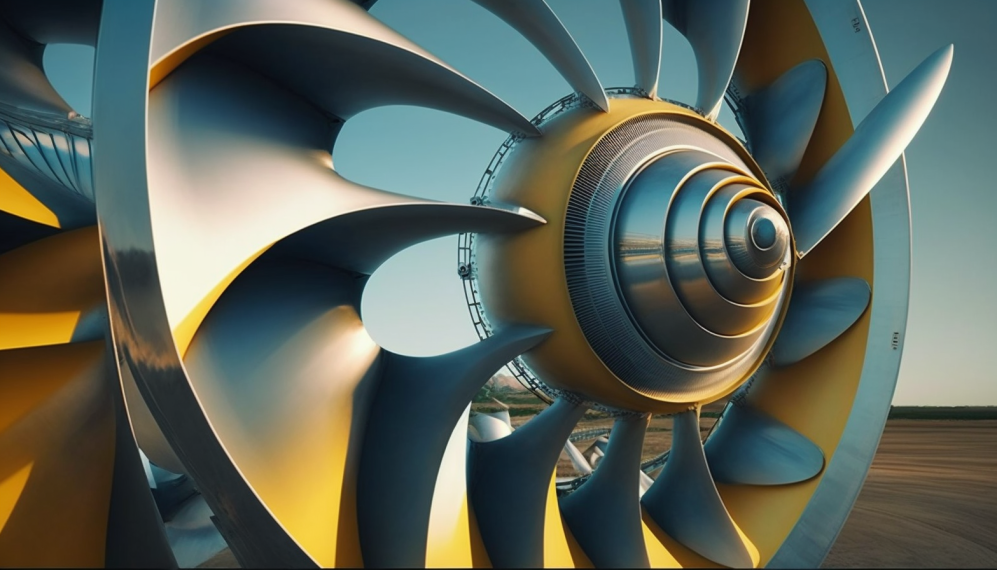
Wind turbines are classified into two types: horizontal-axis turbines and vertical-axis turbines. The most common kind is a horizontal-axis turbine, which has a horizontal rotor shaft and blades that rotate along a horizontal axis. They are often installed on a tower, with the rotor positioned upwind of the tower to maximum wind capture. Vertical-axis turbines, on the other hand, have a vertical rotor shaft with rotating blades around a vertical axis. They are utilized for smaller-scale applications and are less popular than horizontal-axis turbines.
A wind turbine’s components include the rotor, gearbox, generator, and tower. The rotor is the turbine component that collects wind and rotates the blades. The gearbox is used to enhance the rotor’s rotating speed, which drives the generator. The generator is in charge of transforming the rotor’s mechanical energy into electrical energy. Finally, the tower supports the turbine and lifts it to capture the maximum amount of wind energy.
To summarize, this type of energy works by capturing the kinetic energy of the wind and converting it into electricity using wind turbines. Wind turbines are classified into two types: horizontal-axis turbines and vertical-axis turbines. The rotor, gearbox, generator, and tower are the primary components of a wind turbine. Wind turbine design and construction have improved over time, making them more efficient and cost-effective, and contributing to the global rise of wind energy as a major source of renewable energy.
Advantages of Wind Energy
This type of energy offers a lot of features that make it a popular renewable energy source. The cheap operational expenses of wind energy are one of its primary advantages. Once installed, the continuing maintenance and operation costs of a wind turbine are very modest, making it a cost-effective source of electricity. It is also very scalable, which means it may be used on a small scale for individual households or on a huge one for entire communities or countries. Because of its scalability, it is a versatile energy source that can be tailored to satisfy a wide range of energy requirements.
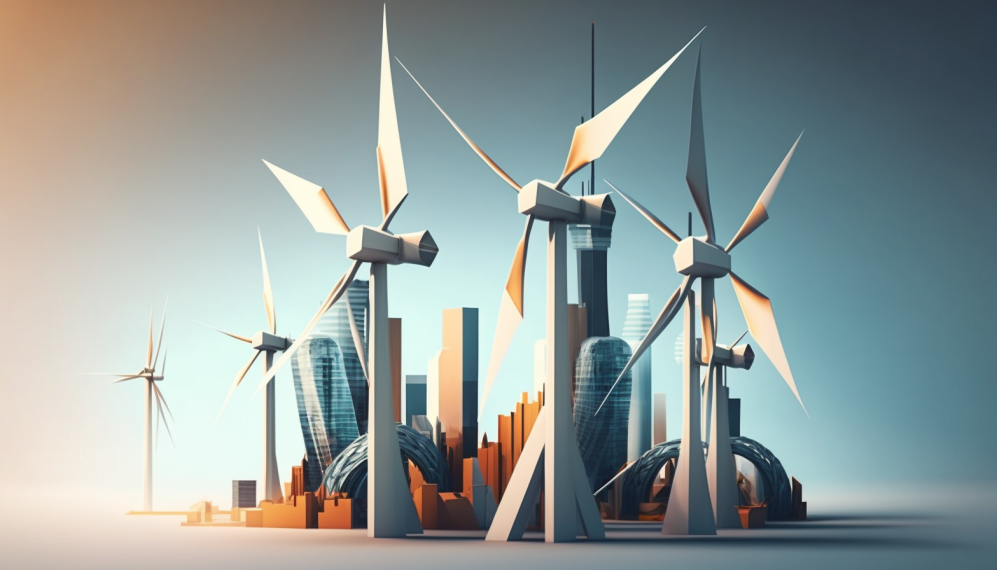
This type of energy can also power rural places, contributing to energy independence. Many communities and homes in distant or off-grid places may lack access to traditional power sources, making wind energy an appealing alternative. Furthermore, this type of energy can help countries and communities lessen their dependence on traditional power sources and contribute to energy independence.
Despite its numerous benefits, it is frequently associated with myths and fears. Wind turbines are often thought to be noisy and irritating to surrounding residents. Modern wind turbines, on the other hand, are designed to be quiet and unobtrusive, with noise levels often no greater than that of a refrigerator. Another issue is that wind turbines endanger birds and bats. While it is true that wind turbines can kill some birds and bats, the number of fatalities is normally limited and can be reduced by smart wind farm siting and design. Finally, some people are concerned about the visual impact of wind turbines, but current turbines are built to be as unobtrusive as possible and are frequently positioned in less visible regions.
To summarize, wind energy has various advantages that make it a more appealing kind of renewable energy. These benefits include low operating costs, scalability, flexibility, the capacity to power remote places, and the opportunity to contribute to energy independence. While there are worries about wind turbine noise, bird and bat deaths, and visual effects, these issues can be handled by proper wind farm design and placement.
Challenges and Limitations of Wind Energy
While wind energy offers numerous benefits, there are also obstacles and limitations to this type of renewable energy. It’s unpredictability and intermittency are two of its key concerns. Wind speeds can be unpredictable and vary dramatically over short periods of time, making this type of energy challenging to integrate into the electric system. This fluctuation necessitates careful grid management and the use of energy storage technology, such as batteries, to balance the supply and demand for electricity.
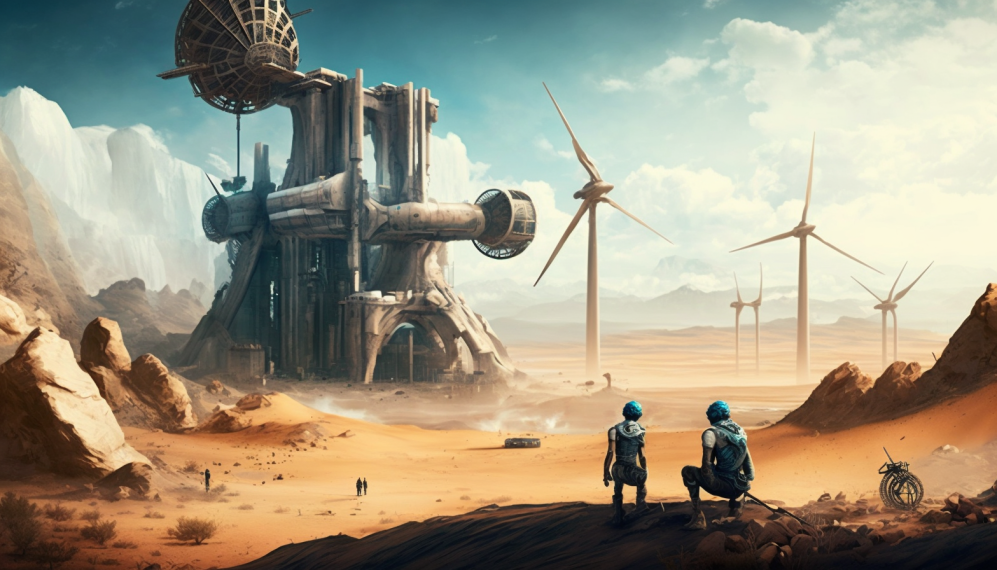
In addition to the difficulties connected with incorporating wind energy into the electric system, this type of renewable energy has several restrictions. One of the major constraints is the possibility for wind turbines to affect the environment. Wind turbines, for example, can endanger birds and bats, particularly if they are located in densely populated regions. Concerns have also been raised concerning the possible impact of wind farms on local ecosystems, especially if significant areas of land are required to erect wind turbines.
Another drawback of wind energy is the requirement for enormous tracts of land to build wind farms. Wind turbines require a large amount of room to operate well, which can be difficult in regions where land is already scarce or in great demand for other purposes. Nevertheless, the development and upkeep of wind farms can be costly, requiring considerable investments in infrastructure and equipment.
To summarize, while wind energy offers numerous advantages as a renewable energy source, it also has issues and limitations that must be addressed. These problems include the variable and intermittent nature of this type of energy, as well as the necessity for careful grid management. This type of energy has limitations such as the potential for environmental impact and the necessity for huge quantities of land to establish wind farms. Like with any form of renewable energy, it is critical to carefully consider the advantages and disadvantages of wind energy while also working to overcome the problems and constraints connected with this promising source of energy.
Future of Wind Power
Wind energy has made great advances in recent years, with wind turbine installations increasing quickly around the world. Wind power is presently the world’s second largest source of renewable electricity, after hydropower, according to the International Energy Agency (IEA). Global wind power capacity reached 733 GW in 2020, with wind turbines constructed in over 90 countries.
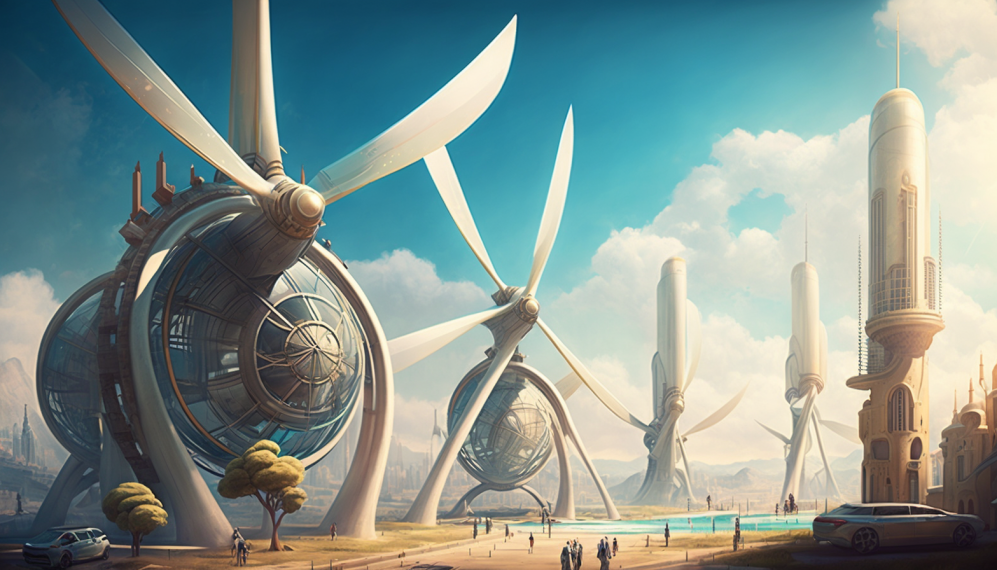
The creation of floating wind turbines is one of the most innovative undertakings in the field of wind power. These turbines are intended for use in areas where regular fixed turbines cannot be installed. Floating turbines have the potential to greatly enhance the quantity of this type of energy generated in offshore sites, perhaps making it a more reliable source of electricity.
Another advancement in the realm of wind energy is the use of artificial intelligence (AI) to improve wind turbine efficiency. It is conceivable to boost power output while decreasing maintenance costs by employing AI algorithms to evaluate wind data and optimize turbine performance. This technology is already in use in some wind farms, and it is likely to become more widely available in the future years.
This type of energy offers enormous potential for growth and expansion in the future. It is becoming more competitive with traditional sources of electricity generation as technologies improve and costs fall. Furthermore, there is substantial growth potential in offshore wind energy, particularly in countries with long coasts.
Wind energy will likely play an increasingly important part in fulfilling the growing demand for clean electricity as the world continues to transition to a low-carbon future. With increasing innovation and investment in its infrastructure, this potential kind of renewable energy is set to grow and expand in the next few years.
FAQ
What is wind energy?
Wind energy is a form of renewable energy that uses wind turbines to convert the kinetic energy of wind into electrical energy.
What are the benefits of wind energy?
Wind energy has several benefits, including low operating costs, scalability, and flexibility. It can provide power to remote areas and contribute to energy independence. It is also a clean and sustainable form of energy that can help reduce greenhouse gas emissions.
How do wind turbines convert wind energy into electricity?
Wind turbines work by converting the kinetic energy of the wind into mechanical energy, which is then used to turn a generator to produce electricity.
What are the different types of wind turbines?
There are two main types of wind turbines: horizontal-axis turbines and vertical-axis turbines. Horizontal-axis turbines are the most common and consist of a rotor, gearbox, generator, and tower. Vertical-axis turbines are less common and have a different design.
What are the challenges associated with integrating wind energy into the electric grid?
The main challenges associated with integrating wind energy into the electric grid are its variability and intermittency. The energy output can fluctuate depending on weather conditions, making it difficult to ensure a stable supply of electricity.
What are the limitations of wind energy?
Some of the limitations of wind energy include the potential for wind turbines to cause environmental harm, such as bird and bat fatalities, and the need for large amounts of land to install wind farms.
What is the future of wind energy?
The future of wind energy looks promising, as technology continues to improve and costs continue to decrease. There is significant potential for growth in offshore wind farms, particularly in countries with large coastlines.
How can I support the growth and development of wind energy?
You can support the growth and development of wind power by learning more about it and supporting policies and initiatives that promote its expansion. You can also consider investing in renewable energy or purchasing renewable energy credits to support projects.
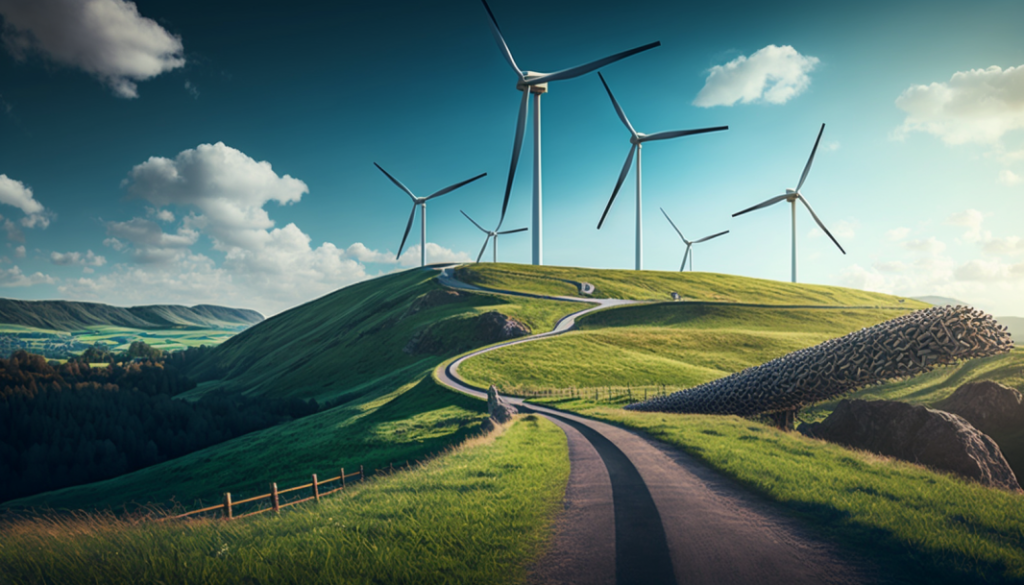
Conclusion
In conclusion, wind energy is an important component in the transition to a more sustainable future. It offers many advantages, including cheap operating costs, scalability, and the capacity to provide power to remote places, all while contributing to energy independence. Notwithstanding hurdles and limitations in its application, such as fluctuation and intermittency, as well as the potential for environmental impact, wind energy innovation and technology breakthroughs make it a promising alternative for clean energy.
This type of energy is expected to play a big part in addressing the increasing need for clean and sustainable electricity as the world progresses toward decarbonization. Governments, companies, and individuals should continue to support policies and activities that promote wind energy growth and development, while simultaneously researching new technologies and innovations to tackle its problems and constraints.
To construct a more sustainable future, we must investigate renewable power sources such as wind power. We should all take the time to learn more about this exciting and innovative field and think about how we can help it grow and thrive. We can work together to create a cleaner, more sustainable world fueled by the wind’s unlimited energy.
Related Articles
- Wind Energy - The Clean Energy Solution
- Wind Turbines 101: Understanding How They Generate Energy
- The Science Behind Wind Blades and How They Work
- Wind Energy Economics 101: Understanding the Costs
- 7 Amazing Benefits of Wind Energy You Need to Know Now
- Wind Energy Storage: The Key to Sustainable Energy?
- The Challenges of Wind Energy: What You Need to Know
- How Wind Energy Can Help Your Business Go Green
- The Environmental Impact: Wind Energy vs Fossil Fuels

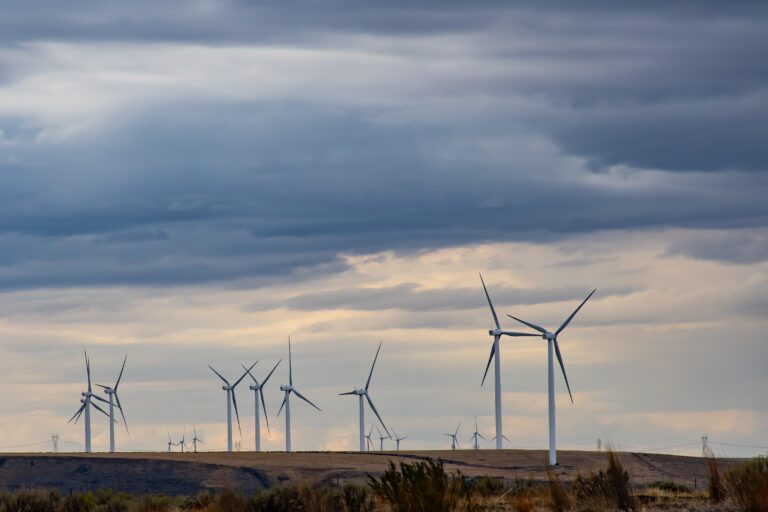
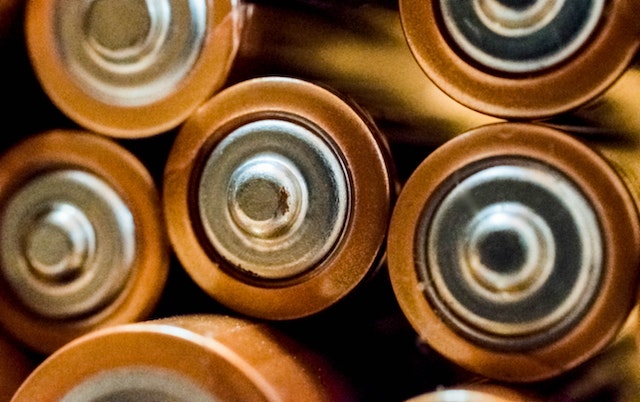
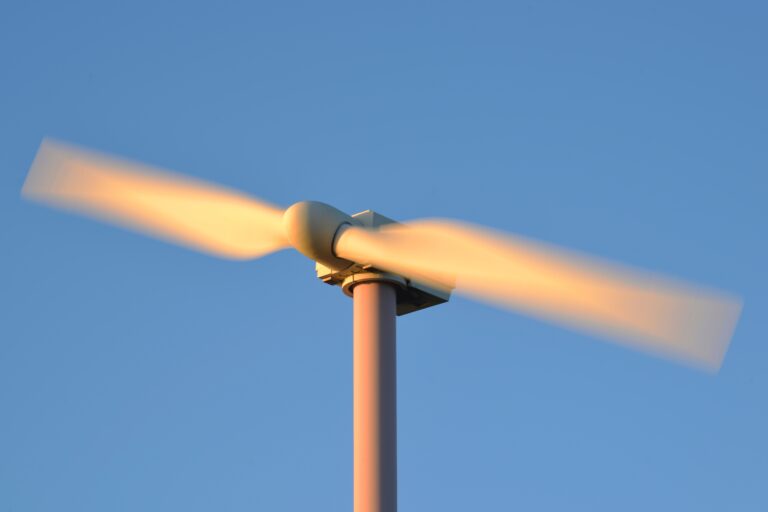
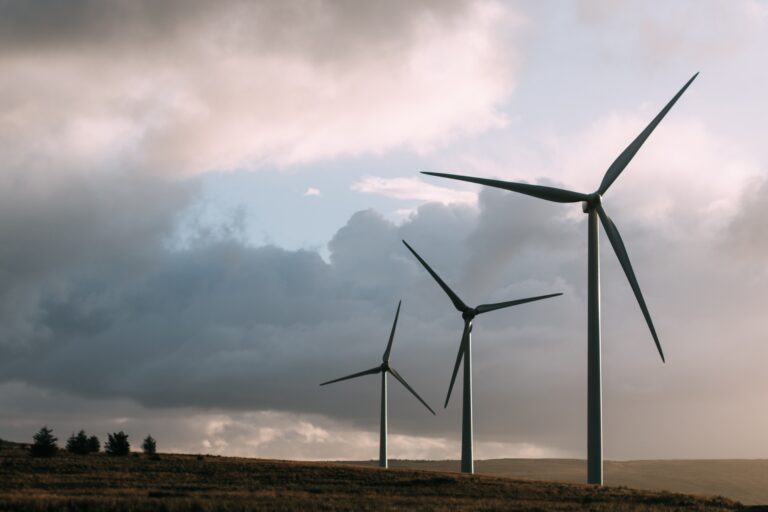
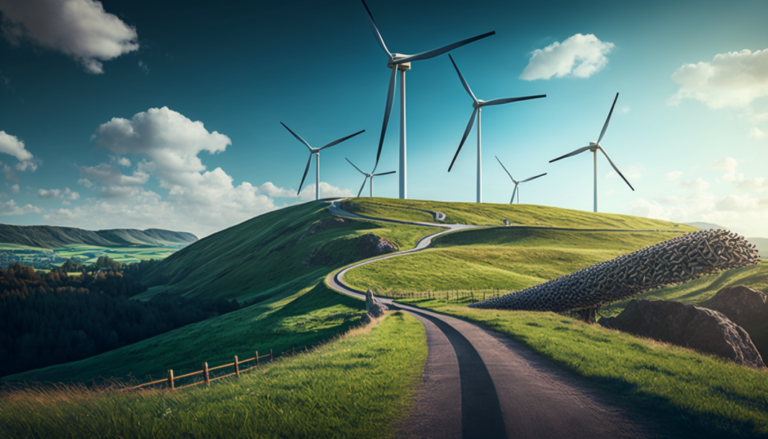
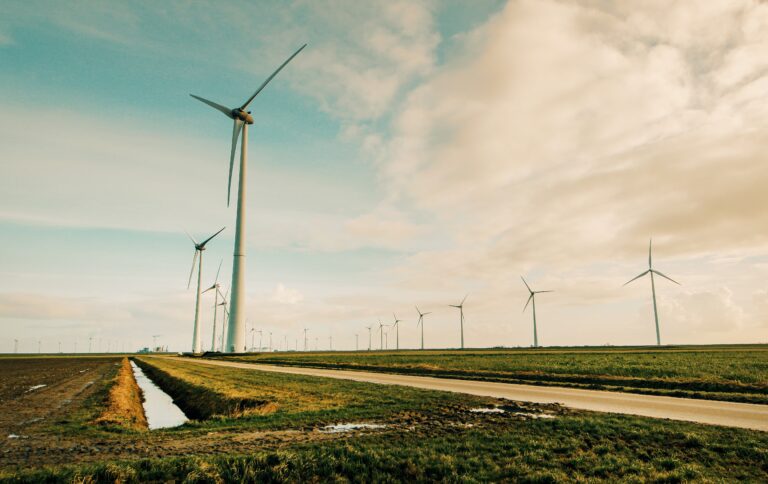
5 Comments